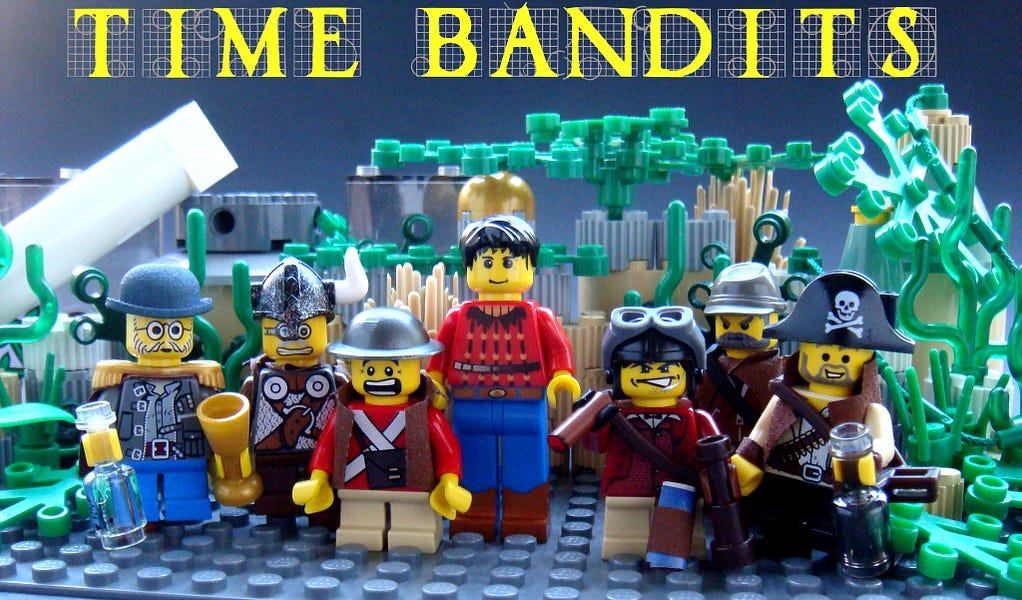I’ve started live streaming and publishing videos on my YouTube Channel again recently and it made me realize just how much work I’ve put into getting a good hardware setup—not just for the streams, but also just as someone who works remote and sits on video calls every day.
I’ve spent quite a bit of time obsessing over lights and camera, and I wanted to help you—new streamer, podcaster, new remote worker, or someone trying to level up their setup—see a few different types of option for your remote work or streaming setup.
Note: I’m on a Mac, so most things will be biased in that direction. Other note: these are all affiliate links. Please feel free to bypass those if they make you uncomfortable!
What’s here?
First, I’ll cover each section, starting from the cheapest options for each:
Webcam
Lighting
Audio
Then, I’ll tell you my setup, and a few suggested full setups at various price points.
My setup
Bare bones
Entry level remote work and podcasting
Mid level remote work and podcasting
Pro level podcasting
Streamer/YouTuber
Only you really know what level of clarity you want from each piece of your setup. Are you happy with what you have? Please, dear Lord, don’t spend any money. This is intended to be a resource if you want more and don’t know how to do it, not a stress or a judgment to anyone happy with their current setup.
And while it’s a lot of fun to have a really high-quality webcam for my remote work, would I have bought it if I didn’t have a more intense need for high quality video for my YouTube stuff? Hell no. Get what you need, in your budget. This is just a resource.
Podcasters need much nicer mics. Streamers need decent mics and cameras, but lighting probably matters the most. YouTubers need the best cameras and light, but audio still matters a lot. Remote workers have the least strict requirements. Do what works for you.
Webcams
The basics: $free
Let’s start with the simplest option. Your computer likely has a built-in webcam. It’s also probably awful.
As you can see, even on a Mac, the picture is low quality, and, especially in low-light situations like my room when I don’t turn on my streaming lights, it’s very flat and hard to see.
(Nothing needed, use your built-ins)
Minor upgrade: Logitech’s cheap webcams ($18 or $33)
I’ve never used it but I’ve heard the Logitech C270 recommended as a minor upgrade to your built-in camera. This will certainly be an upgrade to the built-in camera, but whether it will be enough for you depends both on your needs and whether you’ll have a sufficient light source; cheaper cameras are very dependent on having enough light.
Logitech C615 ($33)
Logitech C270 ($18)
Classic Medium upgrade: Logitech webcam ($50-100)
Most folks at Tighten have chosen to upgrade to a Logitech webcam. There are a few options but most recommendations will be something in and around the 900 series. Mine is the C930e, but Wirecutter now recommends the c920s, which is cheaper and adds a privacy


